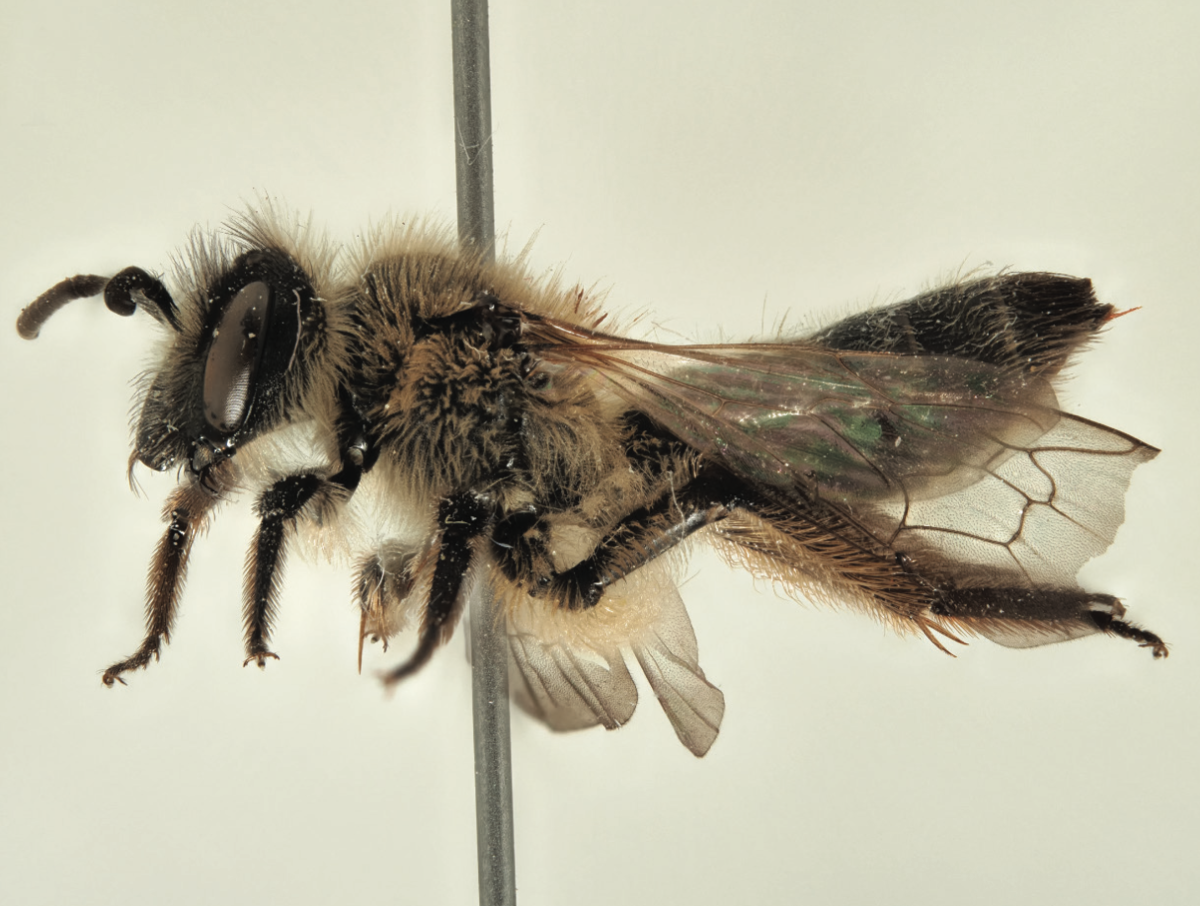? Doñana has a species-rich fauna and a great bee biodiversity but poorly studied, so new bee species may be discovered
A team from the Doñana Biological Station – CSIC and the University of Mons has identified a new bee species, belonging to the Andrena genus, in Pinares de Aznalcázar, in the Doñana natural area. The Andrena genus is one of the most diverse and numerous, with over 1,600 species worldwide. However, its complexity and the incomplete knowledge of local faunas for many areas, such as southern Europe, lead to think that there is much more to discover about them.
The new species was detected in a sampling conducted between 2015 and 2021 in the protected areas of Doñana. 51 species of Andrena were detected, including one for the new species for science. Its flight period is early: it begins at the end of January. In addition, the researchers think that this new bee species could be specialized in one flower species, Asphodelus ramosus.
This new species was named Andrena ramosa, which comes up from two ideas. First, Thomas Wood, an English entomologist from the University of Mons, proposed "ramosa" (branched) because of the hairs that the Andrena has on the third pair of legs. Second, this name also fits the plant species that this bee species could feed on, Asphodelos ramosus, according to Ignasi Bartomeus and Curro Molina, from the Doñana Biological Station.
After the assessments, the team discovered something they did not expect. "Surprisingly, this new species shows more similarities to the Andrena fauna of the East Mediterranean, instead of the West Mediterranean", explains Ignasi Bartomeus, researcher at the Doñana Biological Station – CSIC. "Given the large numbers of species that presumably continue to be described from poorly studied parts of the Mediterranean basin, new bee species may be discovered that help understand its distribution". As cutting-edge genetic techniques become more available, obscure, overlooked, and poorly-studied species can be more accurately place in the phylogenetic tree.
Iberian Peninsula has a species-rich bee fauna as a result of its predominantly Mediterranean climate and the diversity of habitats that can be found across the peninsula. Curro Molina, entomologist at the Doñana Biological Station – CSIC, highlights that "it is paradoxical that precisely the areas with the greatest diversity of bees, such as the Mediterranean basin, are the least studied". In fact, Ignasi Bartomeus and Curro Molina, along with the researcher Ainhoa Magrach from the Basque Centre for Climate Change (BC3), has funded the association Abejas Silvestres (Wild bees), which aims to conserve and protect the over 1000 wild bee species of the Iberian Peninsula. On its website, a complete map of the different bee species, informative materials and guides to identify them can be found.
The Doñana Natural Area shows the high variety of habitats that exist in the Iberian Peninsula. Although it is known that endemic species have a very small distribution, many of the bee species in this region have only recently been discovered, suggesting that more studies are needed in this region.
Reference:
Thomas J. Wood, Francisco P. Molina e Ignasi Bartomeus. A new Andrena species (Hymenoptera: Andrenidae) from the overlooked Doñana Protected Areas of southern Spain. Belgian Journal of Entomology 126: 1–13 (2022) http://www.srbe-kbve.be/cm/sites/default/files/publications/BJE/BJE%202022/BJE%20_126_1-13_Wood%20et%20al_2022.pdf
http://www.srbe-kbve.be/cm/sites/default/files/publications/BJE/BJE%202022/BJE%20_126_1-13_Wood%20et%20al_2022.pdf








 Open Call for Research Projects in ICTS-Doñana!
Open Call for Research Projects in ICTS-Doñana!


